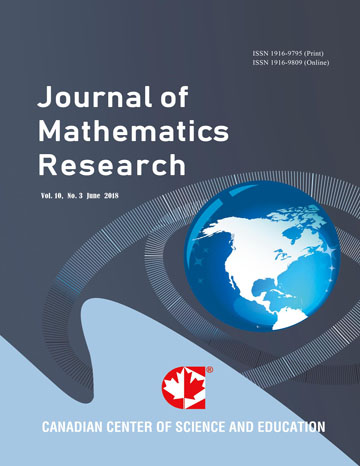Functional Mapping Model of Quantitative Trait Loci in a Full-sib Family
- Jing Shen
- Zhen-shan Lin
Abstract
Functional mapping of quantitative trait loci (QTL) has embedded the biological mechanisms and processes of dynamic traits in the statistical method of QTL mapping. Although the statistical model for functional mapping has been well developed in inbred lines, it has not been proposed in a full-sib family, in which the number of alleles may vary over loci and the linkage phases are usually unknown between loci. Since forest trees have several unique biological characteristics and most of them are outbred species, we should not directly apply the functional mapping model for inbred species to them. The objective of this study is to develop a functional mapping statistical model for a full-sib family in forest trees. We suppose that the QTL genotype of one parent is heterozygous but the other is homozygous, and consider all pairwise combinations of marker segregation types and all possible linkage phases between mark loci in a diploid full-sib family into our model. A maximum likelihood approach based on a logistic-mixture model, implemented with EM algorithm, was developed to provide the estimation of QTL positions and the parameters responsible for growth trajectories. The results of a large number of simulations showed that our model was robust for identifying the QTL position and estimating the parameters of QTL effects and residual (co)variance.
- Full Text:
 PDF
PDF
- DOI:10.5539/jmr.v2n4p118
Index
- ACNP
- Aerospace Database
- BASE (Bielefeld Academic Search Engine)
- Civil Engineering Abstracts
- CNKI Scholar
- DTU Library
- EconPapers
- Elektronische Zeitschriftenbibliothek (EZB)
- EuroPub Database
- Google Scholar
- Harvard Library
- IDEAS
- Infotrieve
- JournalTOCs
- MathGuide
- MathSciNet
- Open policy finder
- RePEc
- ResearchGate
- Scilit
- Technische Informationsbibliothek (TIB)
- The Keepers Registry
- UCR Library
- Universe Digital Library
- WorldCat
Contact
- Sophia WangEditorial Assistant
- jmr@ccsenet.org
